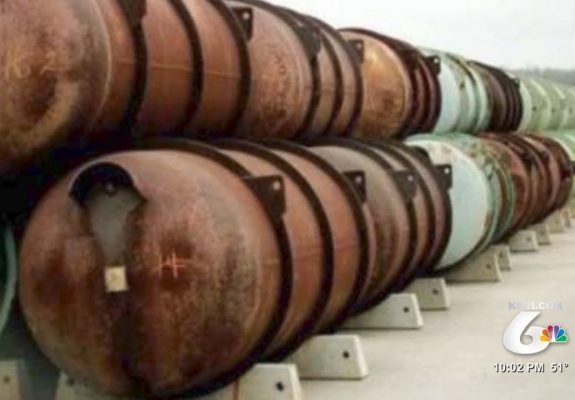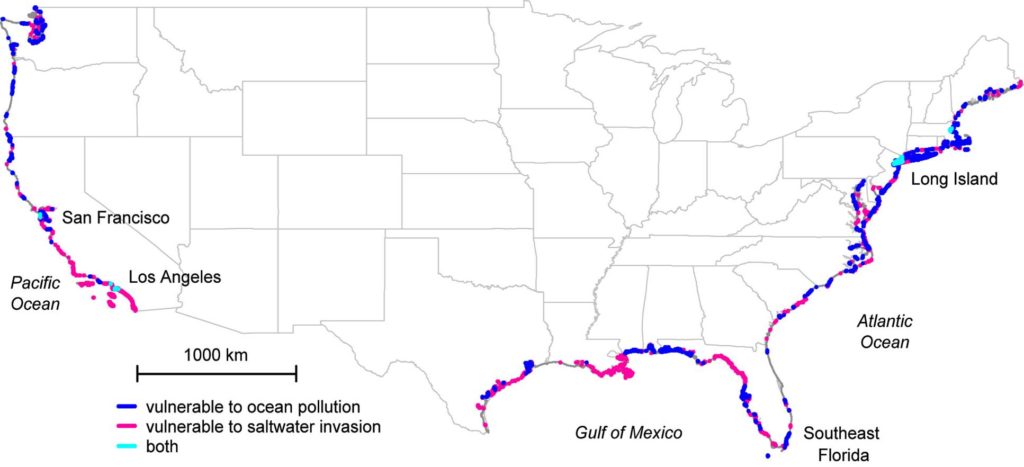Innovating Technologies
for a Cleaner World
Pearlhill Technologies is an Idaho R&D, technology development and commercialization company located in Idaho Falls. Our core competency is in broad areas of low-level nuclear waste management, fluorine products manufacturing, carbon capture and CO2 utility, and fabrication of electronic sensors.
Low-level Nuclear Waste Management
Pearlhill Technologies has unique specialized capability for fluorine extraction from depleted uranium tetrafluoride (DUF4, a “green salt”). DUF4 is obtainable from chemical processing of depleted hexafluoride (DUF6) that is a product of uranium isotopic enrichment plants (UIEPs). Pearlhill employs new, environmentally and economically sound processes in our patents for the production of nonmetallic inorganic fluorides from uranium tetrafluoride (NIFUT), including sulfur tetrafluoride (SF4), sulfur hexafluoride (SF6), and nitrogen trifluoride (NF3) gases.

Local Company Hopes to Help Clean Nuclear Waste Across the US
Pearlhill Technologies captures and separates high tonnage of 99.995% purity CO2 at coal plants. Our patent describe our Photolytic CO2 capture process. We feed our CO2 product into the production of dry ice (blocks and pellets), and liquid CO2 products. Our photolytic technology recovers CO2 at below 110 F, producing the ultra-low disintegration of capture medium, and cost US$80-120/t CO2 captured. Pearlhill collaborates with ASCO CO2 for building our dry ice production plants.
The Small Business innovation research (SBIR) program funded Pearlhill Technologies R&D for the creation of new processes for the conversion of DUF4 for commercial production of a number of high-value fluorine products, which are absorbable in high volume by the current markets for fluoride chemicals. Pearlhill’s fluorine products command higher price per fluorine atom in the composition than hydrogen fluoride (HF, the product created chemical in the current uranium recovery process). Although, the fluorine industry has embraced the metallic fluoride products, including boron trifluoride (BF3), germanium tetrafluoride (GeF4), and silicon tetrafluoride (SiF4) currently produced from DUF4 by other companies, the volumes of these fluorine products that is producible from the conversion of less than one percent of newly generated DUF6 could quickly flood their current markets. Meanwhile, in order to mitigate the DUF6 problem, there is need for conversion of the fluorine component into a nonradioactive stable form with commercial market outlets big enough to utilize the extracted fluorine from the entire nuclear waste stockpile.
Fabrication of Electronic Sensors
Pearlhill R&D on fabrication of electronic sensors is in collaboration with Professor Kris Campbell of the department of computer and electrical engineering at the Boise State University. Our ongoing work covers the following areas:
Want to Know More?
Talk with one of the knowledgeable members of our team to see how we can help you achieve your goals.


